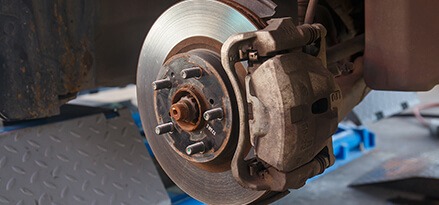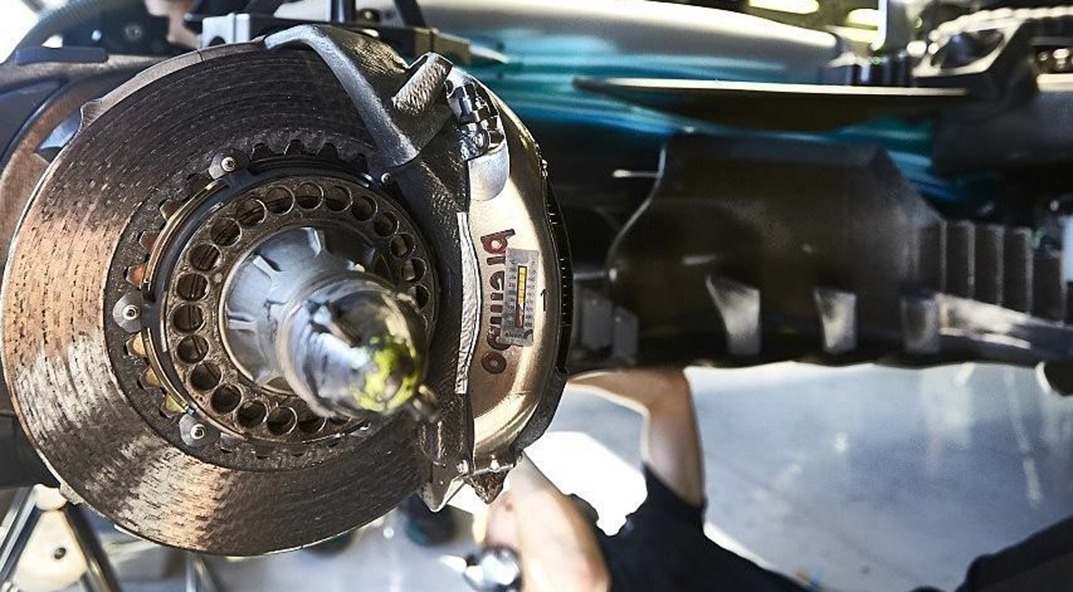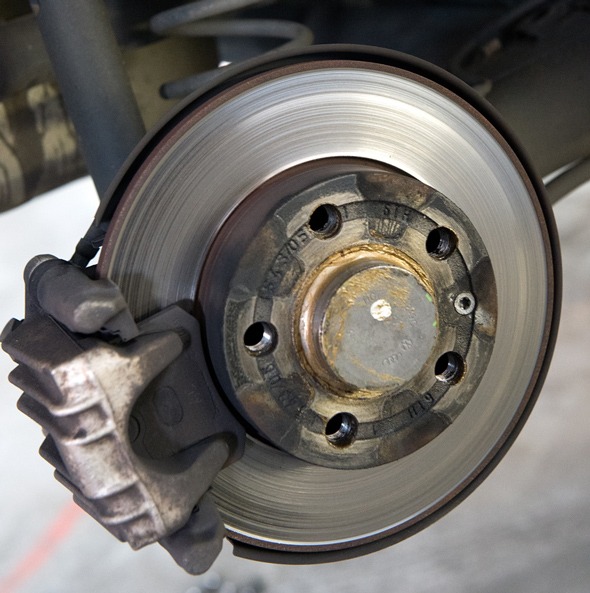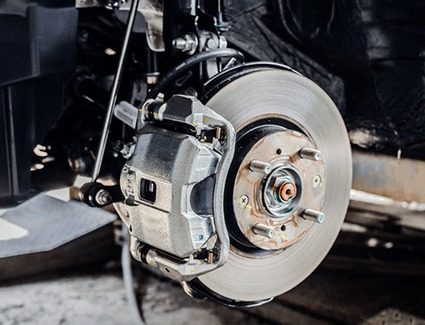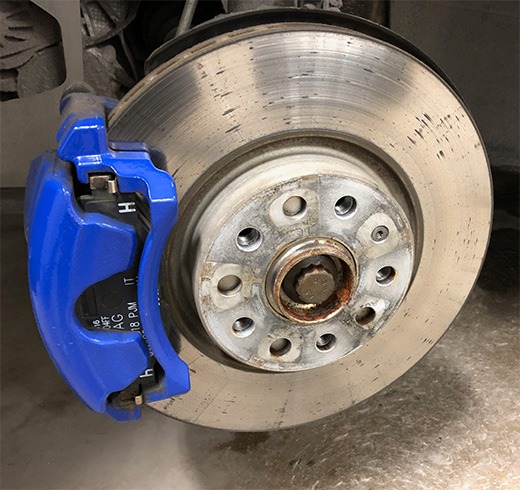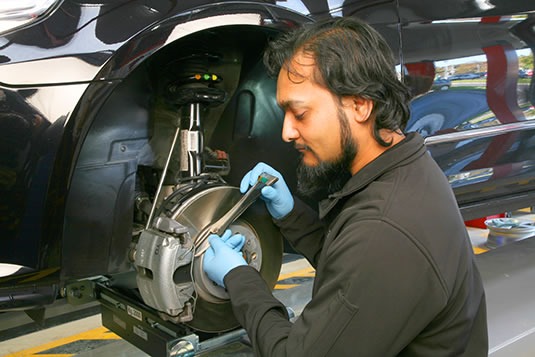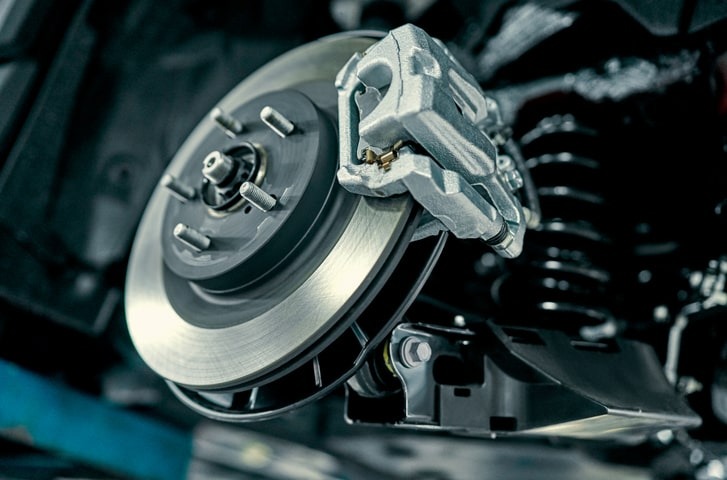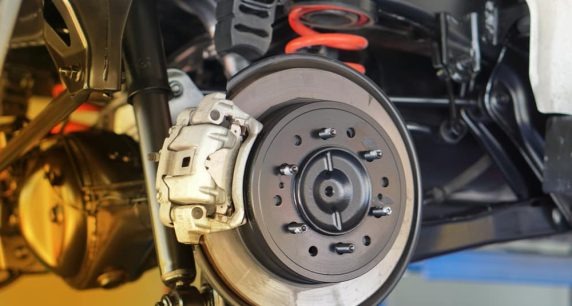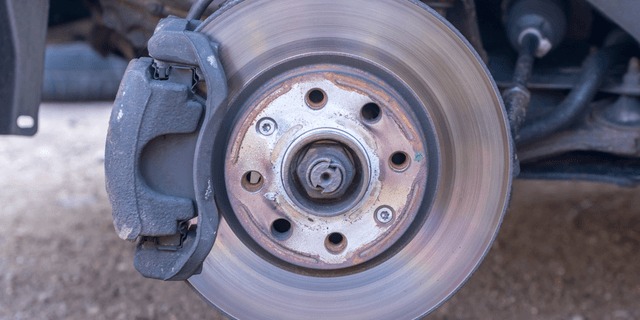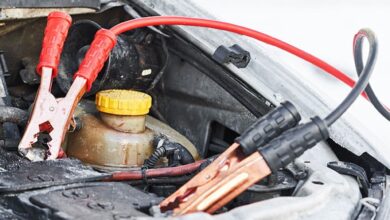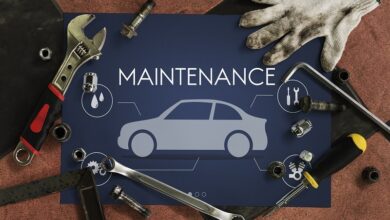Understanding the ABS Braking System in Cars
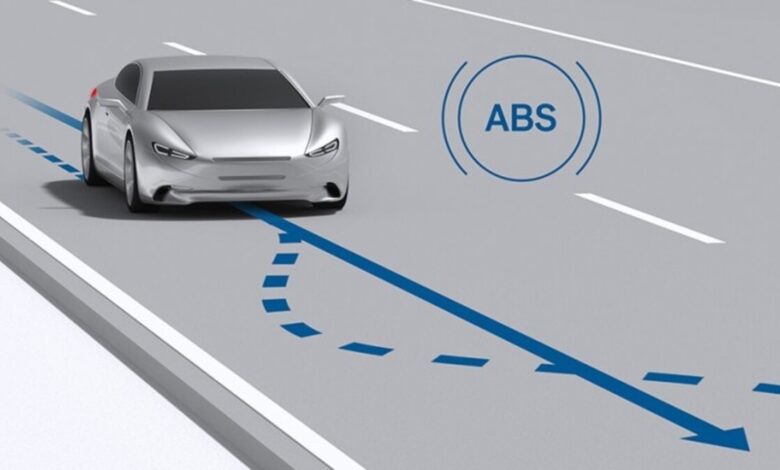
As you navigate the intricate world of automotive technology, one crucial system that demands attention is the Anti-lock Braking System, commonly known as ABS. This innovative braking technology has revolutionized vehicle safety, providing drivers with enhanced control and preventing wheel lock-up during sudden braking maneuvers.
ABS operates on the principle of modulating brake pressure to individual wheels, ensuring that they continue to rotate even under heavy braking. This prevents skidding and allows the driver to maintain steering control, especially in challenging road conditions. In this exploration of the ABS braking system, we will unravel the mechanics behind its functioning, its impact on overall vehicle safety, and the importance of understanding how this system contributes to a safer and more controlled driving experience. Whether you are a seasoned driver or a newcomer to the automotive realm, grasping the fundamentals of ABS will undoubtedly enhance your appreciation for the technological advancements that make our journeys on the road safer and more secure.

Contents
What is the ABS Braking System?
The ABS is an advanced braking system that allows drivers to maintain steering control during hard braking. It is designed to prevent wheel lock-up by modulating brake pressure to individual wheels. By doing so, it helps drivers maintain control of the vehicle while reducing the stopping distance.
How Does the ABS Work?
The ABS consists of several components working together to ensure efficient braking. These components include:
- Speed sensors: Located at each wheel, they measure the rotational speed of the wheels.
- Hydraulic control unit (HCU): It receives signals from the speed sensors and regulates brake pressure.
- Valves: Connected to the HCU, they control the brake pressure to each wheel independently.
- Controller: The brain of the ABS, it interprets data from the speed sensors and activates the HCU and valves accordingly.
When you apply the brakes, the ABS controller monitors the rotational speed of each wheel. If it detects a significant difference in speed between the wheels, it signals the HCU to reduce brake pressure on the affected wheel through the valve. This process is repeated multiple times per second until all wheels are rotating at a similar speed, enabling optimal braking performance.
See more: Distinguishing Between Sedan and SUV: Which Choice Is Right?
Benefits of ABS Brakes
The ABS provides several advantages that enhance both vehicle control and safety. These benefits include:
- Enhanced steering control: The ABS prevents wheel lock-up, allowing you to steer your vehicle while braking. This significantly reduces the risk of skidding and helps maintain control in emergency situations.
- Shorter stopping distances: By modulating brake pressure, the ABS ensures that each wheel brakes effectively. This minimizes the stopping distance and improves overall braking performance.
- Reduced tire wear: Since the ABS prevents wheel lock-up, it reduces tire skidding and wear. Consequently, your tires last longer, saving you money in the long run.
- Improved stability on slippery surfaces: The ABS allows for better traction on slippery roads by preventing wheels from locking up. This increases stability and reduces the likelihood of accidents in adverse weather conditions.
Maintaining Your ABS Braking System
To ensure optimal performance and longevity of your ABS braking system, regular maintenance is essential. Here are some maintenance tips to follow:
- Check for warning lights: If your ABS warning light illuminates on your dashboard, it indicates a potential issue with your ABS system. Have it inspected and repaired by a qualified mechanic as soon as possible.
- Regular brake inspections: It’s crucial to have your brakes inspected regularly to detect any signs of wear or damage. A professional inspection can identify issues with ABS sensors, valves, or other components.
- Brake fluid replacement: Brake fluid plays a critical role in the functioning of the ABS system. Over time, it can become contaminated or deteriorate. Regularly flushing and replacing brake fluid is necessary to maintain optimal performance.
- Tire maintenance: Proper tire maintenance is essential for the ABS system to function effectively. Ensure your tires are properly inflated and have sufficient tread depth for optimal traction.
Troubleshooting Common ABS Issues
Despite regular maintenance, issues with the ABS system can still arise. Here are some common problems you may encounter and potential solutions:
- ABS warning light stays on: If your ABS warning light remains illuminated even after starting your vehicle, it indicates a malfunction in the system. Have a professional diagnose and repair the issue.
- Wheel speed sensor failure: A faulty wheel speed sensor can cause erratic ABS behavior or disable the system altogether. Replacing the defective sensor is usually necessary to restore proper functionality.
- Faulty ABS pump or module: In some cases, the ABS pump or module may fail due to electrical or mechanical issues. These components are complex and require professional diagnosis and repair.
- Corroded or damaged wiring: Damaged wiring or corrosion in the ABS circuitry can lead to intermittent ABS problems. Inspect and repair any damaged wiring or connectors to resolve these issues.
Frequently Asked Questions (FAQs)
Q1: Can I drive without functioning ABS? A1: While it is possible to drive without functioning ABS, it is highly discouraged. The ABS greatly enhances vehicle control and safety during emergency or hard braking situations.
Q2: Can I disable my car’s ABS? A2: Disabling or removing ABS from your car is not recommended as it compromises your safety. The system is designed to prevent accidents and improve overall braking performance.
Q3: Do all cars have ABS? A3: Most modern cars are equipped with ABS as a standard safety feature. However, some older or budget models may not have this feature.
Q4: Can I perform DIY repairs on my ABS system? A4: Due to the complexity of the ABS system, it is best to leave repairs and maintenance to professionals who have the necessary knowledge and equipment.
Wrapping it Up: The Steering Wheel of Choice – Sedan or SUV?
Understanding how your car’s ABS braking system works is crucial for safe driving. The ABS helps prevent wheel lock-up, reduces stopping distances, and enhances overall vehicle control. By following proper maintenance practices and addressing any issues promptly, you can ensure that your ABS functions optimally when you need it most. Stay safe on the road by respecting this vital safety feature!
See more at: Topcarr

